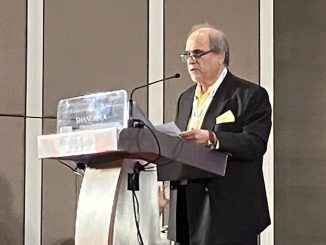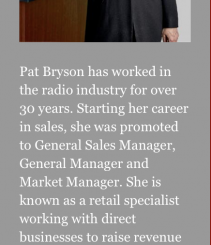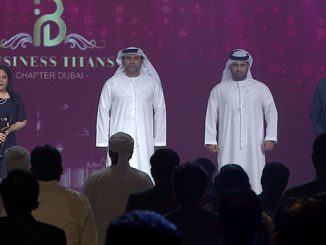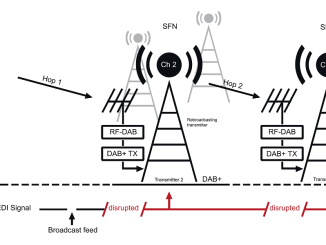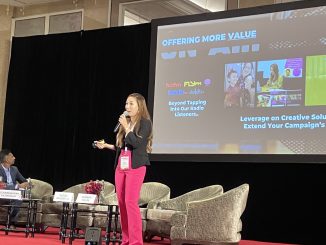
Show me the money! #RadioAsia2022
On the second day of the ongoing ABU RadioAsia conference, a showcase presentation titled ‘Show me the money!’ discussed if radio stations have really made money out of their social platforms.The first presentation about this was made by Vickneswaran Kajindran, Head of Business Development, Media Prima Omnia and Nadiah Sanchez Yu Strategy Planner, RMG.Yu discussed how monetization and an improved product offering go hand in hand in offering more value.“Going beyond tapping into radio listeners involves leveraging on creative solutions to extend a campaign’s reach,” she saidShe discussed various case studies like the launch of Disney+ Hotstar in Malaysia, for which FlyFM, HotFm, 8FM & BuletinFM all became Disney+ Hotstar FM leading up the OTT launch starting with teasers, followed by a countdown and the final launch, which saw 26.4 million impressions and their site crashed due to an overwhelming response.FlyFM, HotFM and 8FM hosted an online contest for FoodPanda, a food delivery service which had a reach of 7.2 million.In another case study about Central Sugar Refinery, key announcers from FlyFM and HotFM interviewed 30 frontliners over 30 days on how they cope with the pandemic. The campaign reached 71. Million people, overachieving its target by 195 percent.Kajindran said: “From a client servicing perspective, with these kind of results, it’s easier to go to clients and pitch more ideas involving social media.”Richard Phelps, Senior Digital Producer, All in Media spoke about leveraging Station Apps to generate revenue.According to him, “Radio is an amplifying platform. It works well when integrated with social media.”A great app should balance your business objectives, create simplification for users, focus on your strengths, grow consumption, only collect meaningful audience data and give opportunities to monetise content.He discussed various content monetizing opportunities on station apps, including display advertising, digital ad insertion, ad replacement, vouchers, rewards, in app messaging or push notifications and pop-up sponsored content. […]


